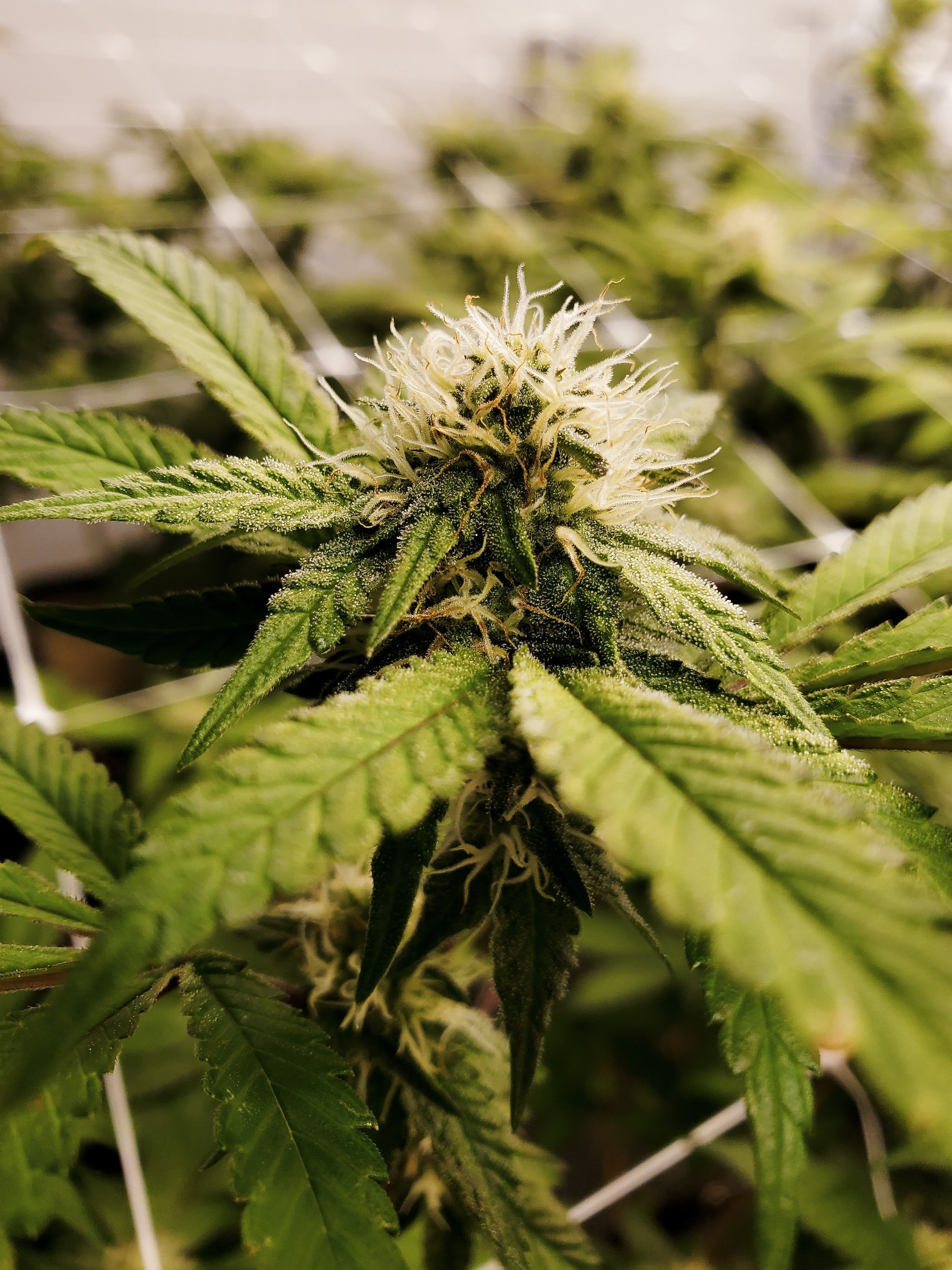All About CBD
What is CBD?
CBD, shortened from “cannabidiol”, is the second most prevalent active ingredient in cannabis. Just one of hundreds of components in marijuana, CBD is non-psychoactive, meaning it does not cause a "high" by itself. CBD is often advertised as providing relief for loss of sleep, anxiety, depression, and post-traumatic stress disorder. CBD’s rising popularity can be attributed to its ability to provide the medical benefits without risking the negative side effects of THC such as anxiety or paranoia, or even forgoing any high at all.
How Does it Work?
To understand CBD, we must understand cannabinoids. Cannabinoids are chemical compounds naturally produced in our bodies (endocannabinoids) and in some plants (phytocannabinoids). Cannabidiol (CBD) is the most common cannabinoid in cannabis, and is found in the trichomes on the flower of many cannabis strains.
CBD Dry Flower
Although CBD is very popular in the form of concentrates, capsules, and topicals, CBD dry flower is also a very popular and effective product. CBD flower is dried and cured Cannabis sativa flower that has been bred to be high in CBD and low in THC. There’s a little bit of CBD in every Cannabis sativa plant, although the small amount is usually ineffective. More recently, an increasing number of licensed producers (LP’s) started producing hemp plants with higher and higher CBD content, and are now almost as common as their THC-dominant counterparts.
Additionally, some studies show that CBD, in combination with THC, appears to reduce some of the psychoactive effects of THC. So selecting a product with similar levels of CBD and THC may help limit unwanted effects such as anxiety or paranoia that are often associated with consuming high amounts of THC.CBD flower acts uniquely compared to other CBD products. While the CBD in most hemp products must pass through your liver before it reaches the brain, smoking or vaping CBD flower releases this cannabinoid directly into your lungs, which are connected to your brain by large, fast-flowing blood .Since this ingestion method bypasses the liver, which reduces the effectiveness of CBD, the effects of CBD flower are often stronger than you might expect, and commonly last about 30-60 minutes.
Uses
Perhaps the most famous medical use for CBD is its potential to treat seizures, but of course that would include very specific strains included in a specialized treatment plan. In everyday life, CBD has a more mainstream reputation for treating anxiety, depression, PTSD, and trouble with sleep. Because of the safety precautions and highly regulated products available in the legal market, experimenting with CBD cannabis should be a safe and enjoyable experience. If you feel you have more serious medical needs you think could be alleviated with the use of CBD, consult a doctor to determine products and methods tailored to you.
Conclusion
In conclusion, CBD is a versatile substance for which the benefits are ever-expanding and continuously studied, and in Canada’s booming cannabis industry, there are seemingly endless products to choose from. If you remember to “Start low, go slow”, there are limitless possibilities for safe and enjoyable cannabis experiences!




